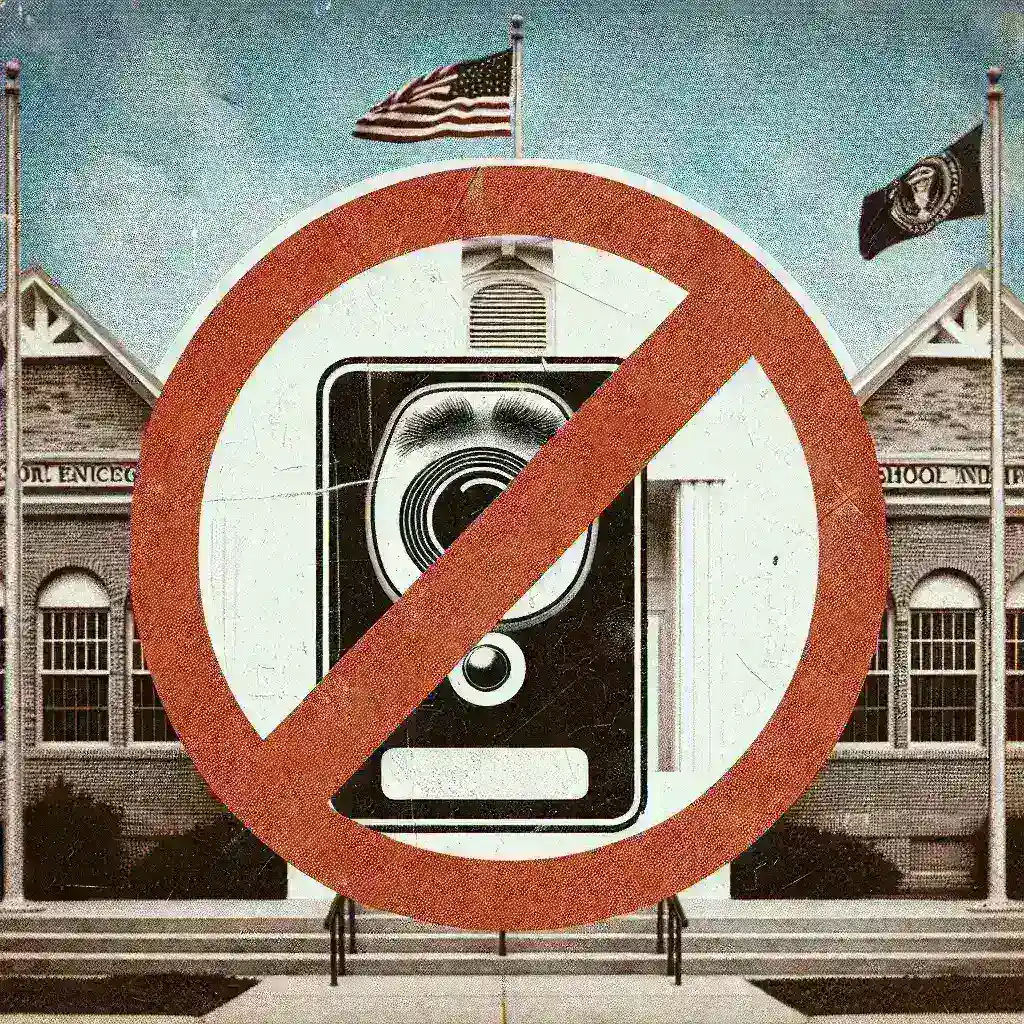Introduction
As technology continues to evolve, educational institutions in the United States are grappling with innovative solutions that promise efficiency and security. One such innovation, facial recognition attendance systems, has recently come under scrutiny, leading to a growing trend of statewide bans in various states. This article delves into the implications of these bans, the reasons behind them, and what the future may hold for attendance tracking in schools.
The Rise of Facial Recognition Technology in Schools
Facial recognition technology has found its way into various sectors, including education. With the promise of streamlining attendance processes, ensuring safety, and enhancing administrative efficiency, many schools have explored the potential of these systems. However, the introduction of such technology has raised significant concerns regarding privacy, accuracy, and ethical implications.
How Facial Recognition Systems Work
Facial recognition systems utilize advanced algorithms to identify and verify individuals by analyzing facial features. In a school setting, these systems can replace traditional roll call methods by automatically logging students’ attendance as they enter or leave the premises. The process involves capturing images of students’ faces and comparing them against a database to confirm identities.
The Backlash Against Facial Recognition Systems
Despite the potential benefits, there has been a considerable backlash against the implementation of facial recognition technology in schools. Critics argue that the use of such systems compromises student privacy and security. Key concerns include:
- Privacy Violations: Critics contend that facial recognition systems invade the personal privacy of students, as their likenesses are stored and analyzed without explicit consent.
- Data Security Risks: Storing sensitive biometric data poses risks of hacking and misuse, potentially exposing students to identity theft.
- Inaccuracy and Bias: Studies have shown that facial recognition technology can be flawed, leading to false positives and negatives, disproportionately affecting marginalized groups.
Case Studies: States Taking Action
In response to the growing concerns surrounding facial recognition technology, several US states have enacted legislation to ban its use in schools. Notable examples include:
California
In 2021, California became one of the first states to implement a statewide ban on facial recognition in K-12 schools. The legislation aimed to protect student privacy and prevent the surveillance of minors without their consent.
New York
New York followed suit, citing similar concerns. The state legislature passed a bill prohibiting the use of facial recognition systems in public schools, emphasizing the need to safeguard students’ personal information.
Illinois
Illinois also enacted a ban on facial recognition attendance systems, with a focus on ensuring ethical practices in technology use within educational environments.
Understanding the Pros and Cons
The decision to implement or ban facial recognition technology in schools invites a myriad of discussions. Here, we break down the pros and cons:
Pros
- Efficiency: Facial recognition can streamline attendance processes, reducing administrative burdens on teachers.
- Enhanced Security: Proponents argue that these systems can enhance school security by identifying unauthorized individuals on campus.
- Resource Allocation: With automated attendance systems, schools can allocate resources more effectively, focusing on enhancing educational experiences.
Cons
- Privacy Concerns: The primary concern remains the potential invasion of student privacy.
- Risk of Misuse: There is a fear that data collected could be misused or exploited, leading to broader surveillance issues.
- Technological Limitations: The technology is not foolproof, with concerns over its accuracy and potential biases.
The Future of Attendance Tracking in Schools
As states continue to enact bans on facial recognition technology, educational institutions are prompted to explore alternative methods for tracking attendance. Some potential solutions include:
- RFID Systems: Radio Frequency Identification (RFID) systems can be used to automatically log attendance when students enter or exit the school premises.
- Mobile Apps: Custom mobile applications can facilitate checking in and out of classes while maintaining student privacy.
- Traditional Methods: Reinforcing traditional roll call methods may also be a viable option for schools prioritizing privacy over technological advancements.
Expert Opinions on the Bans
Education experts have varied opinions on the bans against facial recognition systems. Some believe that such measures are essential for protecting student rights, while others argue that technology, when implemented responsibly, can improve school safety and efficiency.
Quotes from Experts
Dr. Jane Milner, an education policy expert, stated, “Banning facial recognition systems is a necessary step to safeguard our children’s privacy in an increasingly surveilled world.” Conversely, Professor Mark Henson, a technology advocate, argued, “When used correctly, facial recognition technology can significantly enhance school safety without compromising student privacy. The focus should be on regulation rather than outright bans.”
Cultural Relevance and Student Perspectives
In an age where technology is deeply integrated into daily life, students have varying perspectives on the use of facial recognition systems in schools. While some appreciate the potential for streamlined processes, others express concerns about privacy and surveillance.
Students Speak Out
Many students have voiced their opinions on social media, with hashtags like #ProtectOurPrivacy gaining traction. Student activists argue for transparency in how their data is used and demand more control over personal information.
Conclusion
The trend of statewide bans on facial recognition attendance systems in US schools reflects a growing awareness of privacy issues and ethical considerations in the use of technology. As educational institutions navigate this complex landscape, it is essential to balance the benefits of technological advancements with the rights and privacy of students. The future of attendance tracking in schools may depend on finding innovative solutions that prioritize student welfare while ensuring safety and efficiency.
Final Thoughts
The conversation surrounding facial recognition technology in schools is far from over. As states continue to evaluate the implications of these systems, it is crucial for educators, policymakers, and students to engage in open dialogue about the best practices for a safe and private educational environment.
